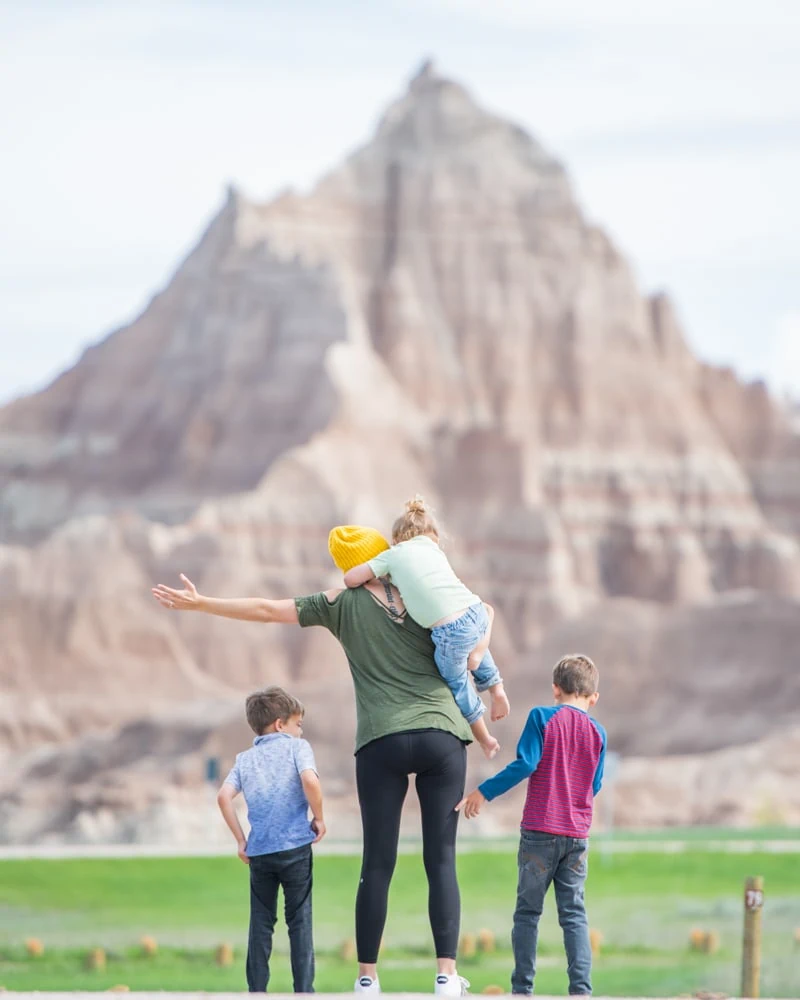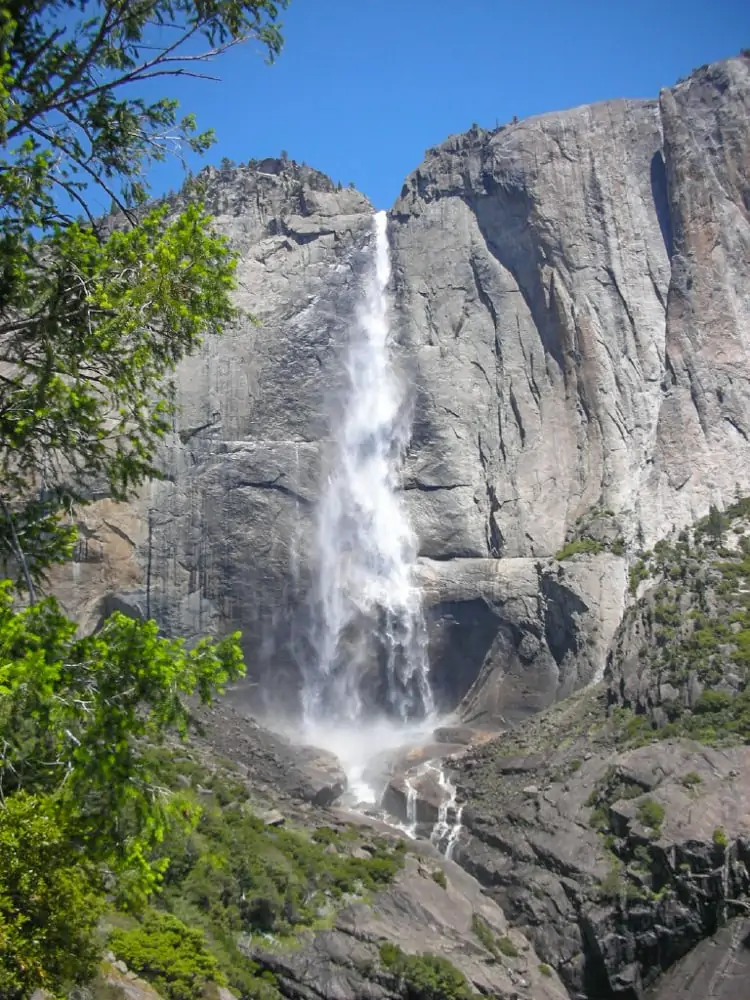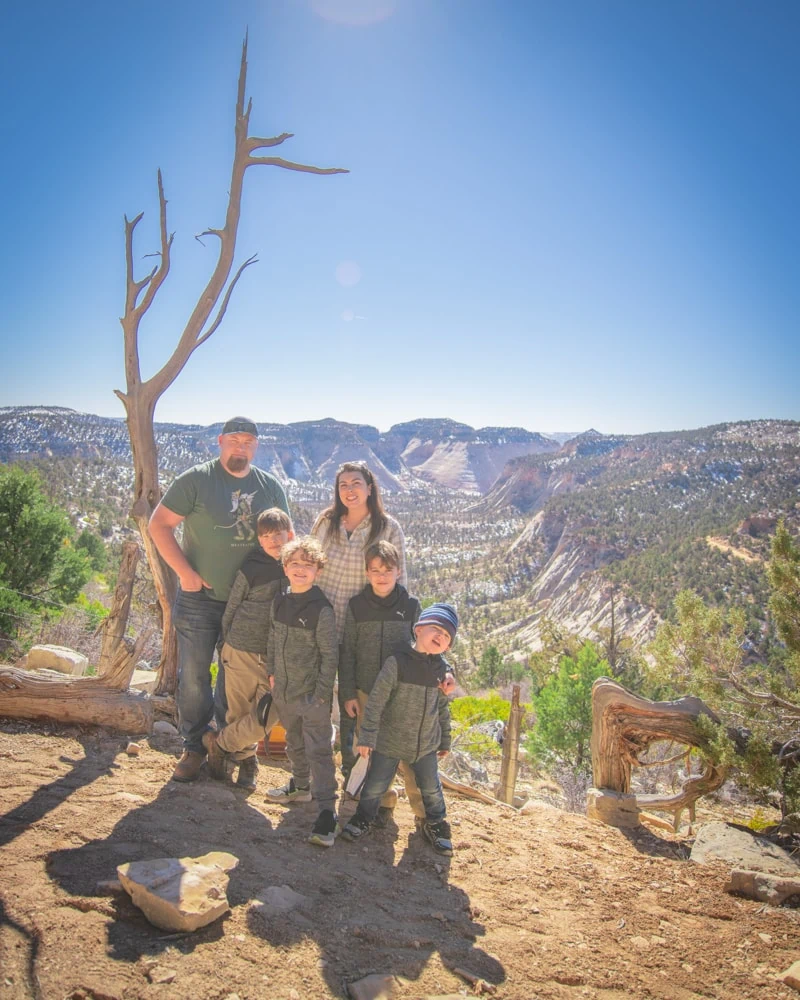Have you ever wondered how many national parks there are? You've come to the right place! I've seen almost all of them first-hand, which is an overwhelming feat when you think about the vast expanse of land they cover.

National parks are one of the few places I visit where I want to go back again and again! Today, as part of a paid partnership with method products, I'm going to do a deep dive into some of the questions I get about national parks. How many national parks are there? What are their features? How did they get their status? Hang on, friend. Here we go!
What is a National Park?
A national park is a protected area with specific legal status and characteristics. The National Park Service manages them as well as national monuments, historic sites, marine preserve areas, and other conservation areas.
National parks preserve natural and cultural landscapes, wildlife and habitats. Many also preserve historic places, artifacts, and indigenous cultural traditions. You can explore the national parks by hiking in the backcountry or taking a kayak trip down a remote river. You can see the natural wonders of the parks by hiking to towering summits or by taking a boat trip along the serene coast. Best of all, you can immerse yourself in the history and culture of the parks by exploring their architecture and relics all over the country!
How were National Parks Created?
National parks were originally created to protect people and places of scientific, historical, cultural, and environmental importance. The Antiquities Act of 1906 allowed presidents to create national monuments to protect these areas. Some parks had been set aside prior to the act, but they had previously required complicated, slow, individual passage in Congress.
President Theodore Roosevelt used the act to quickly protect many more areas in the American West, including the Grand Canyon and Devils Tower in Wyoming.
How Many National Parks are There?
As of 2022, there are 63 national parks in the United States. National parks range from about 200 acres to hundreds of thousands of acres, on average. The largest is Wrangell-St. Elias in Alaska, at 13.2 million acres! National parks are often described as the country's “backyards.” They're typically tucked away from large cities, offering a place where people can get a glimpse of what life was like before industrialization.
In 2017, the then-existing fifty-nine national parks were all celebrated in a poster series titled, “Fifty-Nine Parks.” Fifty-nine artists created a poster featuring one park each, and those were later compiled into a coffee table book called The Art of the National Parks.
Since then, four parks have been added including New River Gorge, White Sands, Indiana Dunes and Gateway Arch. Many current national parks were previously protected as national monuments or other designated sites.
What are the Features of National Parks?

National parks feature unique ecosystems that are home to a variety of plants and animals. Some parks are renowned for their geological features, like the Grand Canyon or Yosemite's giant trees. Other parks are famous for the thousands of wild animals that live there, like the Mojave Desert or the Everglades.
Some of my favorite parks are home to plants that are rare and endangered, like the groves in the Sierra Nevada Mountains, the Great Smoky Mountains or the Redwood Forests. National parks also protect landscapes that are important to the cultural heritage of various groups, like Native American ruins.
Are National Parks in Every State?
Currently, there are national parks in 28 states. The territories of American Samoa and the United States Virgin Islands also have national parks.
How Many Days Should I Spend in National Parks?

This depends on your interests. If you like hiking in the backcountry, then you should try to spend at least one week in each national park. If you prefer to kayak in a secluded river or see specific spots, you might only need one or two days.
Do your research ahead of time to take full advantage of your time in any national park. It's important to note that national parks are generally not considered a quick stop on the way to somewhere else! They're worth taking time to explore and appreciate.
What Was the First National Park?
Yellowstone National Park was the first national park in the United States. Yellowstone was established to protect one of the most geologically significant areas in the world. More than 60 mammal species call Yellowstone home!
How Many Acres of National Parks are There?
In total, national parks span 52.2 million acres including forests, public beaches, lakes, rivers and other scenery.
Are Dogs Allowed in National Parks?
Pets are welcomed in developed areas, on certain designated trails, and in some lodging facilities and campgrounds. Owners are responsible for bagging their waste, leashing them, respecting wildlife and following individual park rules.
How can I Celebrate National Parks in my Own Home?
We love to display the natural wonders of national parks throughout our home and even on our clothing, with customized prints, apparel, and accessories. My current fave is the new method x fifty-nine parks limited edition collection, which reflects the unique beauty of select parks through five new scents in gel and foaming hand wash. Bring your love of nature right to your sink, and inspire exploration and protection of our wild, wonderful world!

Made with plant-based and other thoughtful ingredients, method hand washes proudly do business with a purpose. They're made without parabens or phthalates, cruelty free, and they fight tough dirt and stains.

You can refresh your senses with Paradise Reef, a breezy, fruity wash inspired by the Dry Tortugas. Immerse yourself in an evergreen grove with Woodlands, inspired by Sequoia, or find Acadia notes including salty ocean air and rugged coast in the scent of Harbor Cove. Desert Citrus invokes the Grand Canyon, while Alpine Meadow offers distinct visions of Mount Rainier's meadow grass and wildflowers.
Why to Visit National Parks
What makes a national park special? They offer landscapes that are both geological and cultural. Many also feature a rare type of ecosystem that combines wilderness with human development. A national park is a place where you can be in nature and experience the beauty of the world in an unparalleled way.
How many national parks have you been to?